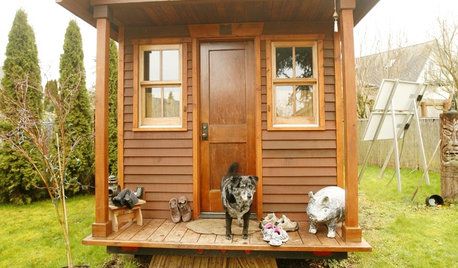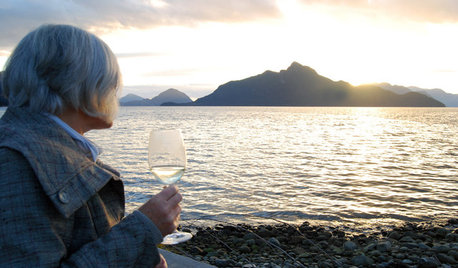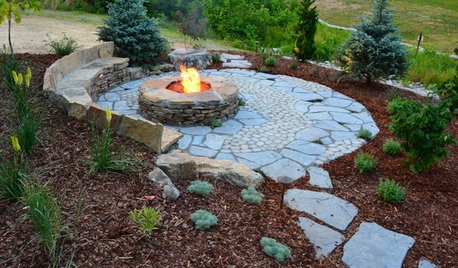Finally Happened After 10 Years
sandyl
14 years ago
Related Stories

SMALL SPACESLife Lessons From 10 Years of Living in 84 Square Feet
Dee Williams was looking for a richer life. She found it by moving into a very tiny house
Full Story
HOMES AROUND THE WORLDAfter the Quakes: New Christchurch Houses 5 Years Later
These New Zealand architects and homeowners have overcome the obstacles and created strong, stylish new homes
Full Story
KIDS’ SPACESThis Designer’s Client Was Her 10-Year-Old Son
What do you give a boy with a too-babyish bedroom when he’s approaching double digits? See for yourself
Full Story
MOST POPULAR9 Real Ways You Can Help After a House Fire
Suggestions from someone who lost her home to fire — and experienced the staggering generosity of community
Full Story
LIFEHouzz Call: What's Your New Year's Resolution for the House?
Whether you've resolved to finally finish a remodeling project or not stress about your home's imperfections, we'd like to hear your plan
Full Story
LIFE10 Beautifully Simple Ways to Go Greener in the New Year
You may just find more green in your wallet along the way
Full Story
HOLIDAYS10 Ways Your Christmas Tree Can Live On After the Holidays
Learn how to recycle your Christmas tree and reap benefits for the environment
Full Story
HOMES AROUND THE WORLDMy Houzz: A Dream Home 25 Years in the Making
A couple who had partly renovated their old clapboard home finally complete it to suit their empty-nester lifestyle
Full Story
LIFE10 Ways to Work Through Grief Triggers During the Holidays
A year after losing her sister, she was facing another holiday. Here’s how one woman learned to find joy again
Full Story
FALL GARDENINGReflecting on a Gardening Year
Mistakes and successes, surprises and comforts. The garden helps us grow in new ways every year
Full StoryMore Discussions







lsst
sandylOriginal Author
Related Professionals
Arlington Landscape Architects & Landscape Designers · Carson Landscape Architects & Landscape Designers · Brooklyn Center Landscape Architects & Landscape Designers · Woburn Landscape Contractors · Arlington Landscape Contractors · Bergenfield Landscape Contractors · Bethel Park Landscape Contractors · Clearlake Landscape Contractors · Dudley Landscape Contractors · Hilo Landscape Contractors · Manhattan Landscape Contractors · Methuen Landscape Contractors · Parker Landscape Contractors · Parkland Landscape Contractors · Ramsey Landscape Contractorsjohnkr
mondotomhead
bubbalove
mike_il
sandylOriginal Author
sleeplessinftwayne
johnkr
sandylOriginal Author
sandylOriginal Author
mike_il
sandylOriginal Author
bubbalove
sandylOriginal Author
johnkr
bubbalove
mike_il
johnkr
mike_il
sandylOriginal Author
frugalgardener